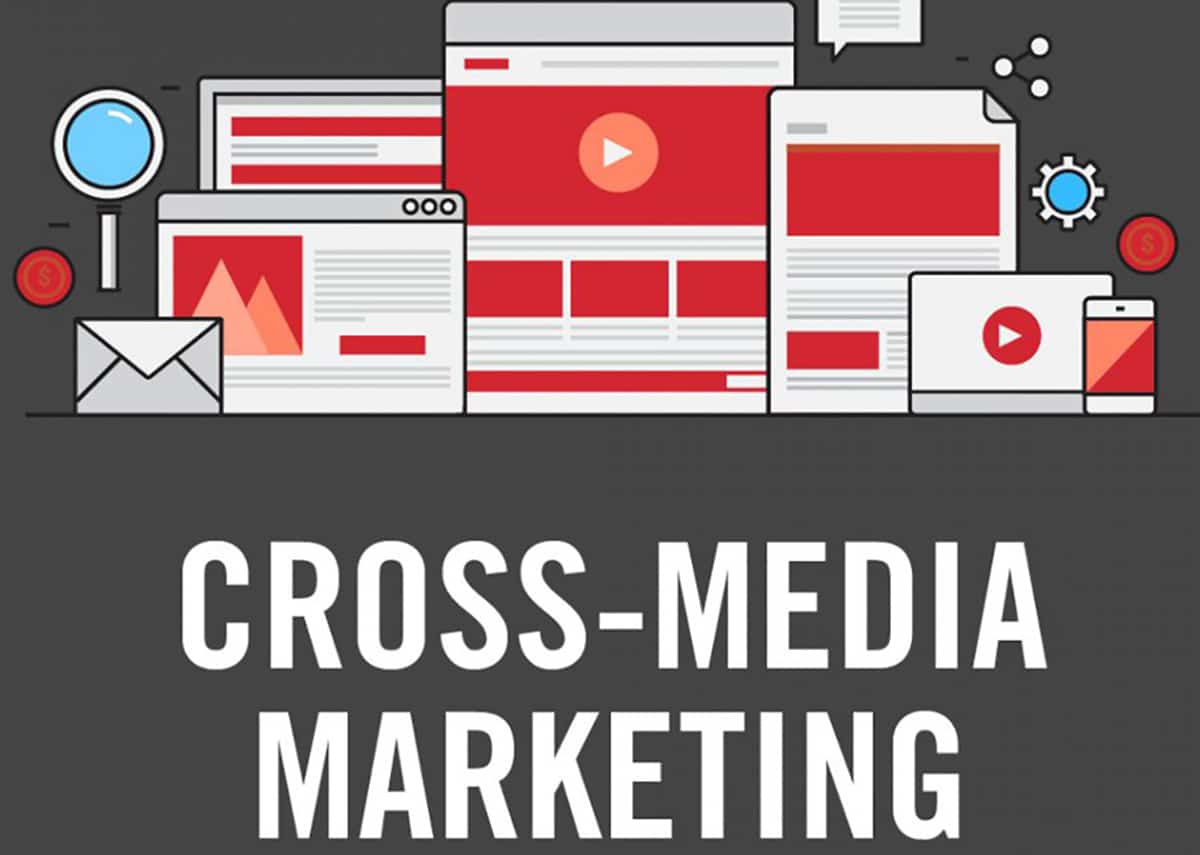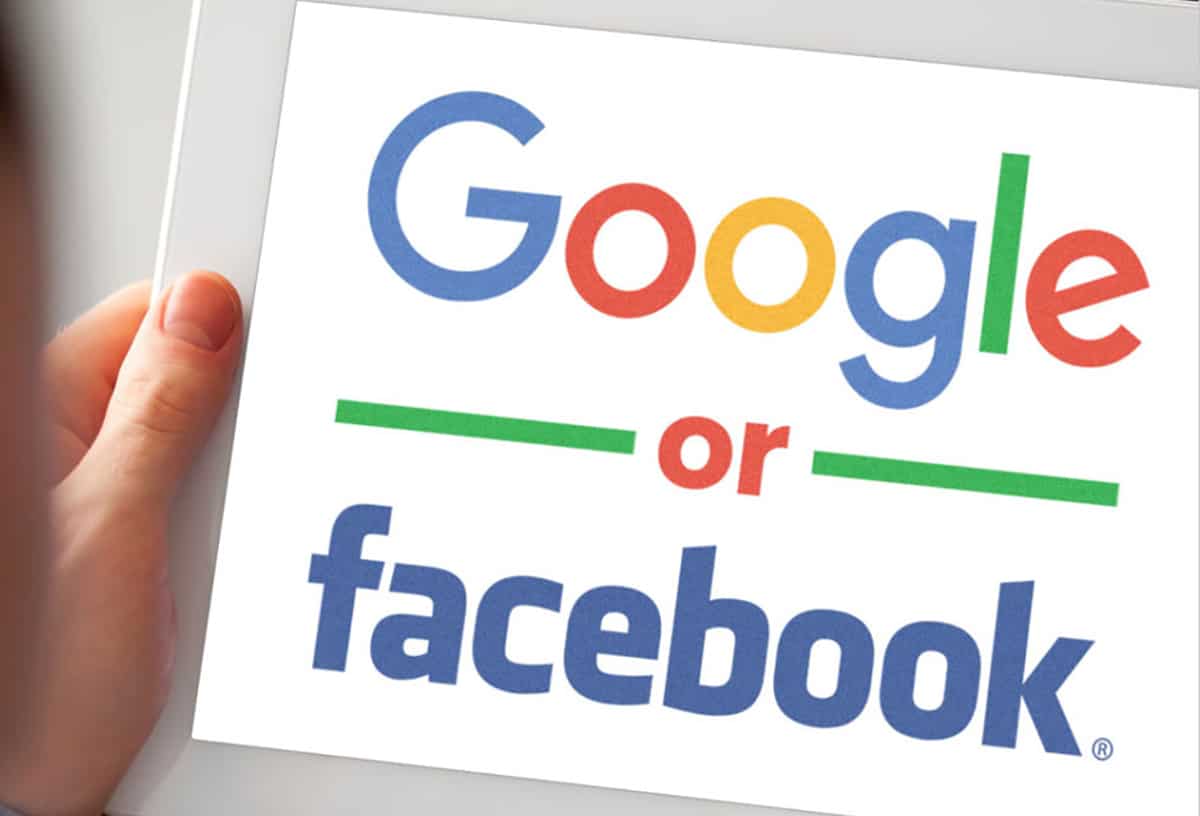“2 seconds is the threshold for eCommerce website acceptability. At Google, we aim for under a half-second.” —Maile Ohye, from Google on load times for websites in 2010
“The average time it takes to fully load a mobile landing page is 22 seconds, according to a new analysis.” —Daniel An, from Google on load times for mobile websites in 2017
“To help users find the answers to their questions faster, we included page speed as a ranking factor for mobile searches in 2018. Since then, we’ve observed improvements on many pages across the web. —Genqing Wu and Doantam Phan, from Google Webmasters in 2019
Factors That Affect User Experience
As the web and the devices that access it become more sophisticated, Google continually asks more of websites to attain a positive User Experience (UX). We’ve all been on websites with long load times, clunky navigation, or a sketchy purchasing process. Add into the mix GDPR (the EU’s General Data Protection Regulation) and ePrivacy compliances, SSL certifications, WordPress PHP 7+ updates, mobile-first indexing, and Google’s never-ending logarithm changes—all of these factors affect the User Experience and your target consumer’s ability to find you, trust you, and get the information they are seeking.
“No matter what, faster is better and less is more.” —Daniel An, from the above article
“I didn’t have time to write a short letter, so I wrote a long one instead.” —Mark Twain
Build a Website That Users Will Love
It is surprisingly difficult to create a simple and elegant website that is intuitive for a user to navigate. It takes an effective combination of technical expertise, brand strategy implementation, and UX integration so your ideal customer will keep coming back.
Gone are the days of clever copy and theatrics. Content must be suitable and concise to be SEO-friendly with relevant H1s and long-tail keyword metatags. If the right words aren’t on the page in the right order, Google isn’t ranking you. Graphics and files must be optimized; navigation must be simplified; and the computer language, plugins, and interfaces must be up to date (see note below). Once those items are in place, the gratifying work of design begins: color, fonts, illustrations, animations, photographs—all the elements that convey your brand without having to explain your brand.
It’s easy to be too close to the project. YOU understand how your website works, why doesn’t everyone else? YOU can find your website easily, why can’t anyone else? Ask someone on the outside of your company to search for your product/industry and see if you pop up. If they aren’t easily finding you, that’s a UX issue, too. What is their experience on your website? How does it work in a mobile environment? Multiple clicks and drilled-down pages get frustrating on a device that’s designed to scroll. How does it look in different browsers?
There are some immediate things you can do to improve the UX on your website:
- Compress your images.
- Optimize any files that are being loaded to your site.
- Delete obsolete graphics, videos, fonts, CSS
- Fix broken links or 401 errors.
- Update your plugins.
- Get an SSL certificate
- Get your H1s and metatags in order.
If it starts to get overwhelming and the quick fixes aren’t improving your website’s UX or searchability, Toolbox Studios can help. We have the designers, writers, web developers, and SEO experts to create a cohesive and relevant website experience across all devices and browsers.
NOTE: A word on keeping computer language, plugins, and interfaces up to date. Our web developer, Lorne, explains it this way. “Imagine you have an iPhone 3. Apple no longer supports the firmware that the iPhone 3 was built with, so updates are not possible, apps are no longer compatible, and cellphone service providers have moved on to 4G networks. It’s the same with a website that is using an old computer language and out-of-date plugins – if they aren’t supported, your website will start to break.”
Our Services
Toolbox Studios works with companies to discover high-level strategy elements including value proposition, key brand messaging, and primary and secondary target customers. This marketing strategy informs the marketing plan for reaching consumers and converting them into customers.
- Cross Media Campaigns
- Social Media & Digital Advertising Campaigns
- Email Marketing
- Media Planning & Purchasing
- Content Strategy
- Trade Show / Event Strategy
- Naming
- Identity Design
- Positioning
- Collateral Design
- Package Design
- Design & Development
- UX/UI Experience
- Keyword Research
- Content Writing,
- Voice & Tone
- Photo Shoot / Photo Cull
- Search Engine Optimization (SEO)
- E-Commerce
- Hosting
- Programmatic Advertising
- Pay-Per-Click
- Geo-Fencing
- IP-Capture
- Pixel-Tracking
- Social Listening and Sentiment Analysis
- Photography
- Videography
- Copywriting
- Social Content
- Blog Writing
LEARN MORE ABOUT US
10123 BROADWAY STREET | SAN ANTONIO, TEXAS 78217 | 201.350.5456












